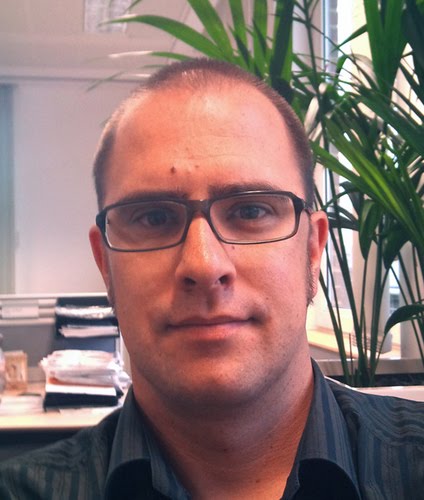
Re-planned rebuild - A seven year Hiatus meant a rethink to an original Pugh + Scarpa project, that lead to a loft like wonder in Studio City, overlooking the San Fernando Valley, CA.

Overview
Initially commissioned in 1994, the residence was put on hold by the owner, shortly after demolition and the foundations were set. Seven years on, a visit from the owner to their offices the project leapt back into action for Pugh + Scarpa. But with 7 years of council legislation changes and architectural progress, they pushed hard for a redesign.
Thinking it through and mulling over the existing plans, the client agreed, yet within limits.



Their task was set
Take a remodel/addition to a 1970’s ranch style house, fit it into the new council regulations, keep within the original foundations (to save time ripping up existing work and avoid new applications to the council) and create something befitting to modern architectural philosophy. Their main challenge was how to alter the design that reflected an outdated philosophical approach to architecture. How could the house be redesigned reflecting the architect and client's maturity on a ten-year-old footprint?
The answer
Remove almost all of the previously proposed interior walls and transform the house into a pavilion-like structure, thus letting the outside in. This allowed the client to take better advantage of a limited and restricted building area while capturing extraordinary panoramic views of the San Fernando Valley and Hollywood Hills.



Layout
The house was conceived as two units, a larger living sleeping unit, and a separate studio/office area, forming a canopy of sorts to the all important outside extension of the living area. Linking the living area to the outdoors are two huge walls of glass. Custom 22ft (almost 7m) high panels slide back to create a singular open space. Private rooms are treated almost as lofts, capturing volume and views while maintaining privacy.



Street side, the house presents a sophisticated and restrained façade. Panels of perforated copper discreetly provide privacy for the occupants, as well as creating a strong vertical texture that minimizes the building’s bulk. Only a few details hint subtly at the unique character of the residence.
Once inside however, the sheer drama of the space becomes immediately evident. Fully open towards the panoramic views, the living area has little need for artwork, as the valley below entertains. Enhancing the connection to the outdoors are limestone floors which extend from inside to outside and into the lap pool that runs the entire length of the house, creating a horizon line at the edge of the view. To compensate for this openness, the living room furniture is sunken beside an open fireplace, giving the room warmth and intimacy. This intimacy is enhanced through the use of copper and cherry.
To the east of this open space is the tree-house studio. Connected to the house by a bridge, the space provides an isolated retreat for fork or contemplation. Below, it provides shelter and shade for the patio outdoor area during the summer months.
To the west, the house takes on a more intimate nature. The kitchen and breakfast area sit ahead of the two car garage, with the master bedroom and en suite above. The bedroom, connected to the open plan bathroom can be opened to the living room below, and features a sunken tub to take in the full extent of the upstairs views to the valley.




Whimsical touches and unexpected finishes give the house a warmth that belies its theatrical austerity. The apparent openness is perhaps even more remarkable when one realises that the home is in fact relatively compact – the impression of space is a product of impeccable proportions, rather than sprawling square footage. By placing objects and materials “outside the frame,” a new frame of reference deepens our sense of perception. Art does not reproduce what we see; rather it makes us see.
Plans



Architects: PUGH + SCARPA ARCHITECTS
Project’s Formal Name: Redelco Residence
Location of Project: Studio City, California
Total Square Footage: 4,700 sq. ft.
Completed: 2005
Personnel in Firm to be credited: Lawrence Scarpa, AIA - Principal- in-Charge. Angela Brooks, AIA, Jackson Butler, Silke Clemens, Vanessa Hardy, Ching Luk, Project Architect, Gwynne Pugh, AIA, Lawrence Scarpa, Katrin Terstegen - Project Design Team.
Engineering: Gordon Polon – Structural, Helfman Halloossim - MEP
General Contractor: RJC Construction – John Cordic
Photography: Marvin Rand

Comments